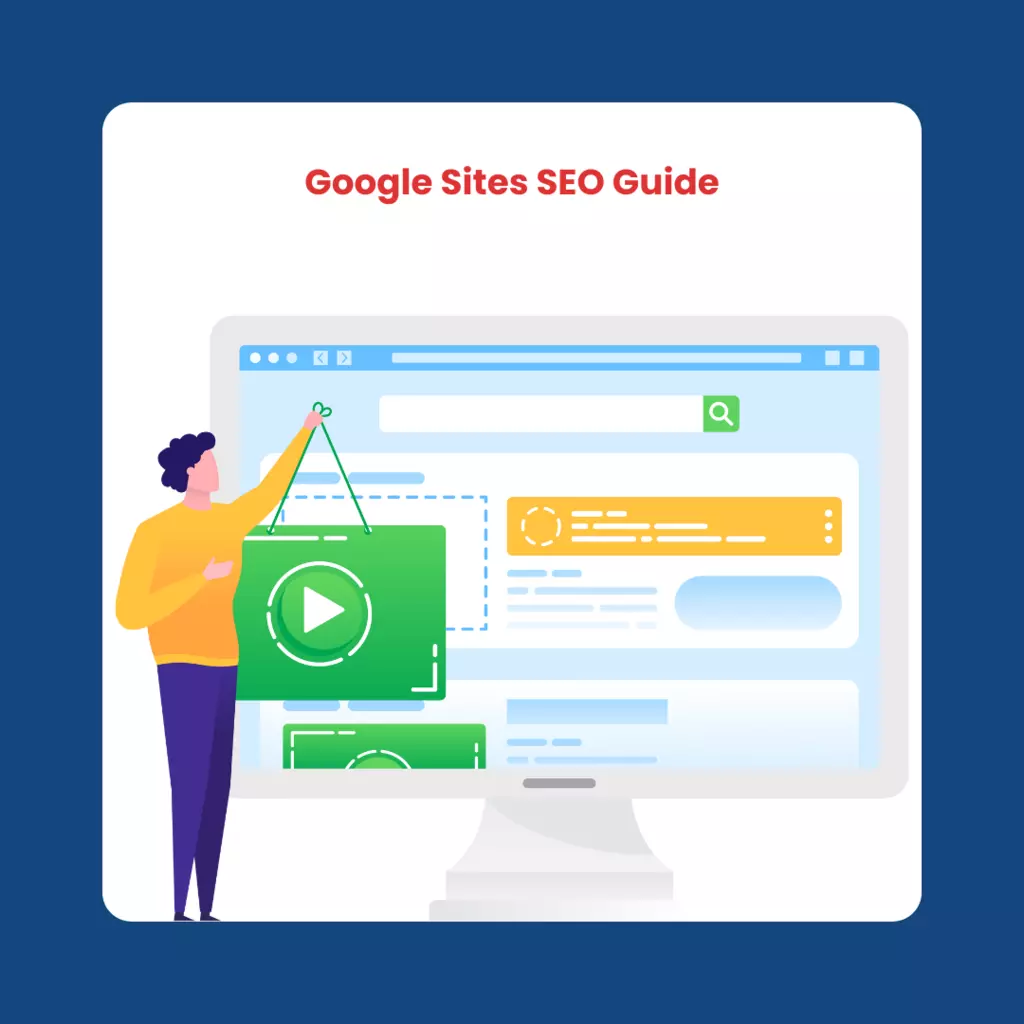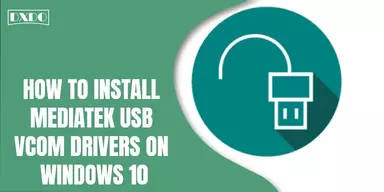What do you do when you get a question in mind? You probably open Google and search the query. After getting the search engine results, you load a page and start reading an article, aren’t you? Have you ever thought about where this data comes from? You read these articles on a website page built on a content management system or CMS. A CMS is a system that lets you craft, manage, and amend content on a site conveniently.
Google Sites is also a CMS like WordPress, Wix, Ubuntu, etc. It is one of 300 Google tools and products. Although it is a little-known website builder with limited features, you cannot underestimate its significance. It can still compete on SERPs (search engine results pages), giving nerve-wracking outcomes.
What Is SEO for Google Sites?
Google Sites SEO, or search engine optimization, is a form of digital marketing that increases your website’s exposure to people using Google.
Using search engine optimization (SEO), you can raise your website’s position in search engine results pages (SERPs), increasing your website’s search traffic.
Considering that search engines account for one-third of all website visitors, even a modest increase in ranking can significantly impact site traffic.
Here are some of the most common search engine optimization strategies that have proven successful for commercial websites:
- Claiming your Google My Business page (great for small business SEO)
- Schema revision for the creation of rich snippets.
- Making Use of HTML Meta Tags
- Unique and memorable domain name creation
Of course, these aren’t the only methods available to Google Sites users who want to boost their visibility in search results. Without regard to their relative merits, here are eight Google-verified ways to increase your site’s traffic.
Send Google an XML sitemap.
Sitemaps in XML format are like blueprints for your website.
This guideline allows search engines to crawl and index content more effectively, allowing for more precise analysis and ranking.
The indexing procedure is critical because it establishes the context and keywords for which your content will be returned in search results.
Submitting an XML sitemap to Google Search Console (formerly Google Webmaster Tools) will make it available to Google’s spiders.
Your indexing progress and problem regions can be viewed here as well.
Explore potential keywords first.
You may determine what your article will be about by conducting keyword research.
Researching specialized niche-related topics is an integral part of this procedure.
The objective will be to identify popular search terms consumers use for products or services like yours.
Find a search term or keyword phrase that works well for your niche with the help of one of the many free tools available online.
Two great solutions for keyword research are the Moz Keyword Explorer and Neil Patel’s Ubersuggest. Google Trends is another wonderful resource you may use:
Use Google Trends.
Google Trends can show how many people in a particular area, country, state, or worldwide are interested in a specific search term.
The tool also provides related topic suggestions and can plot the rise and fall of a keyword’s popularity.
Create excellent material.
So what makes content valuable? Quality content is one of the driving elements behind a well-executed SEO strategy. As Google continues to improve, it will be better able to gauge the worth of material for users.
Applicable content “satisfies user intent” by providing relevant responses to each search query it ranks. If you want to deliver value, think about ways you might build upon existing information.
Find the most effective strategy by looking at high-ranking posts to determine what kind of structure, content, and tone they use.
Search engine crawlers can see how your material expands upon the existing pool by adopting some of these characteristics and looking for ways to add new elements of your own.
Making helpful content also entails making it simple to take in. Some suggestions for making your writing more exciting and easy to read are as follows:
- Include headers to separate paragraphs.
- Make infographics to share online.
- Make use of frequently asked question areas.
- Include a Pinterest, Twitter, LinkedIn, etc., sharing widget.
Create content that serves both the page’s purpose and the user’s when you add a new page to your website.
Fine-tune your content down to minor aspects.
The finer points of an SEO strategy are where the rubber meets the road in terms of long-term performance. Some of the more subtle SEO strategies that can have a significant overall effect are as follows:
- Place alt text next to all photos. The alt text describes a picture for the visually impaired and aids the search engine’s ability to comprehend and classify your image.
- Create engaging titles and summaries for your web pages. The meta title and meta description are the components of your page’s search engine results page (SERP) listing. They heavily influence a person’s decision to click on your page.
- You can increase the value of your posts by including internal links. Including internal links on your site is a great way to help visitors learn more about a given topic and facilitate search engine indexing.
- Reduce the file size of your images: To reduce the file size of your photographs without compromising image quality and, thus, the load time of your pages, you can use image resizing or compression.
- An effective SEO strategy enhances the user experience by making the material more digestible. These measures will improve your site’s load time, make it more accessible to people with visual impairments, and lower the time it takes for crawlers to index your site’s content.
You can use the canonical tag if you find yourself with duplicate material.
Search engine crawlers become perplexed and fail to correctly index pages when a website uses many URLs for the same content.
If this occurs, the pages could potentially affect each other’s search engine rankings by competing for clicks. Google could designate one of the duplicates as the “canonical” (primary) URL.
And it might not even be the one you’d prefer Google to index.
A canonical URL should be set up to avoid this issue and guide spiders to the definitive version of the information.
The canonical tag tells search engine spiders which of two URLs representing the same content should be indexed.
Link to other sites.
Search engines give websites that link to your material their own greater weight.
“Backlinks,” references to other websites, show that people trust your brand as an authority on the subject or phrase you’ve selected.
There are numerous methods available for generating inbound connections, such as:
- Making infographics about business statistics and trends
- Using a brand’s social media channels to publish and share regularly
- Creating content for publication on other websites as a guest blogger
When it comes to building backlinks, both quality and quantity are vital. It includes creating original material like videos or in-depth tutorials on a subject.
SEO will benefit more from a CNN link than any other blog.
Craft a mobile-friendly layout.
Mobile devices account for over 60% of all internet searches. Google has revamped its indexing method to prioritize mobile-friendliness, making it more than just official ranking criteria. Because of its commitment to mobile-first indexing, search engines will prioritize the mobile version of your site while performing crawls and indexing.
Responsive websites, sometimes known as “mobile-friendly” sites, automatically reformat their content to look well across a wide range of screen sizes.
So that the site is not excessively slow or congested on any screen size, they may also show graphics, animations, and the general site structure differently.
Use Google’s mobile-friendly test to see how well your site works on different devices.
It will give you a score based on how well your site displays on mobile devices and offer suggestions for fixing any issues it finds.
Improve the page load time.
Visitors will give up and go elsewhere if a page takes too long to load. It is why search engines value fast page loads so highly. Some simple techniques for increasing page speed are:
- Reducing the file size of images
- Making Concise Home Pages (especially for mobile devices)
- Use a basic web design template.
- Images and animations are used sparingly and only when necessary.
- Google PageSpeed Insights is one example of an analytic tool that can evaluate how quickly a website’s pages load.














